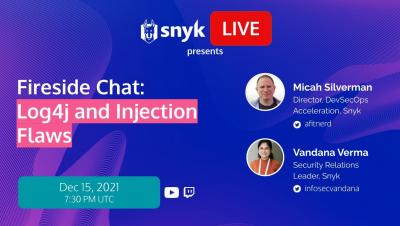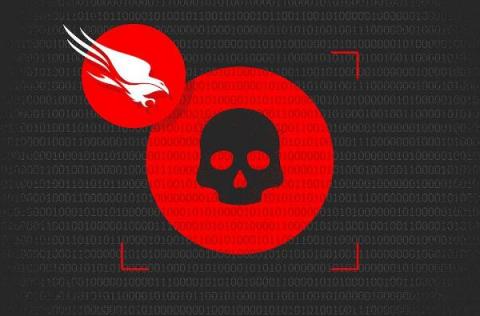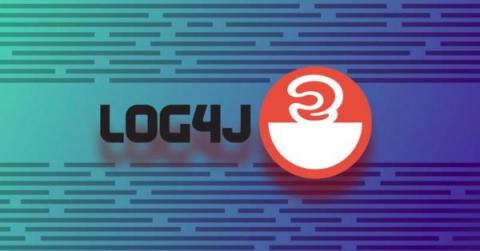Security | Threat Detection | Cyberattacks | DevSecOps | Compliance
Java
Fireside Chat: Log4j and Injection Flaws
How CrowdStrike Protects Customers from Threats Delivered via Log4Shell
Recent CrowdStrike Intelligence team findings regarding the Log4Shell (CVE-2021-44228, CVE-2021-45046) vulnerabilities indicate wide-ranging impact. CrowdStrike helps protect customers from threats delivered via this vulnerability using both machine learning and indicators of attack (IOAs).
CVE-2021-45046: New Log4j Vulnerability Discovered
Shortly after the Apache Software Foundation (ASF) released the bug fix for the vulnerability known as Log4Shell or LogJam (CVE-2021-44228), a new vulnerability was discovered in Log4j Java-based logging library, tracked as CVE-2021-45046. While Log4Shell had the maximum CVSS score of 10, this new vulnerability is rated as 3.7, affecting all versions of Log4j between 2.0-beta9 and 2.12.1, as well as between 2.13.0 and 2.15.0.
58% of Orgs Are Using a Vulnerable Version of Log4j
On December 9, 2021, a zero-day vulnerability in Log4j 2.x was discovered. This vulnerability is of great concern because if it’s successfully exploited, attackers are able to perform a RCE (Remote Code Execution) attack and compromise the affected server. Since we are a cloud-based Software Composition Analysis (SCA) provider, we have useful customer data that gives insight into the scope of the Log4j vulnerability.
Addressing Log4j2 Vulnerabilities: How Tripwire Can Help
On December 9th 2021, Apache published a zero-day vulnerability (CVE-2021-44228) for Apache Log4j being referred to as “Log4Shell.” This vulnerability has been classified as “Critical” with a CVSS score of 10, allowing for Remote Code Execution with system-level privileges. If you are currently working to identify instances of this vulnerability, Tripwire can help.
Detecting Log4j (Log4Shell): Mitigating the impact on your organization
Log4j Log4Shell Vulnerability: All You Need To Know
Detect Log4j RCE With Graylog GreyNoise
Log4Shell in a nutshell (for non-developers & non-Java developers)
If you’re in tech at all, you’ve likely heard of the Log4Shell exploit taking over the Intertubes. If you’re not a Java developer (or developer of any sort), you may be left scratching your head as to just what’s going on. This post is split into two parts: an explanation of Log4Shell for non-developers and an overview of the Log4Shell vulnerability for non-Java developers.











